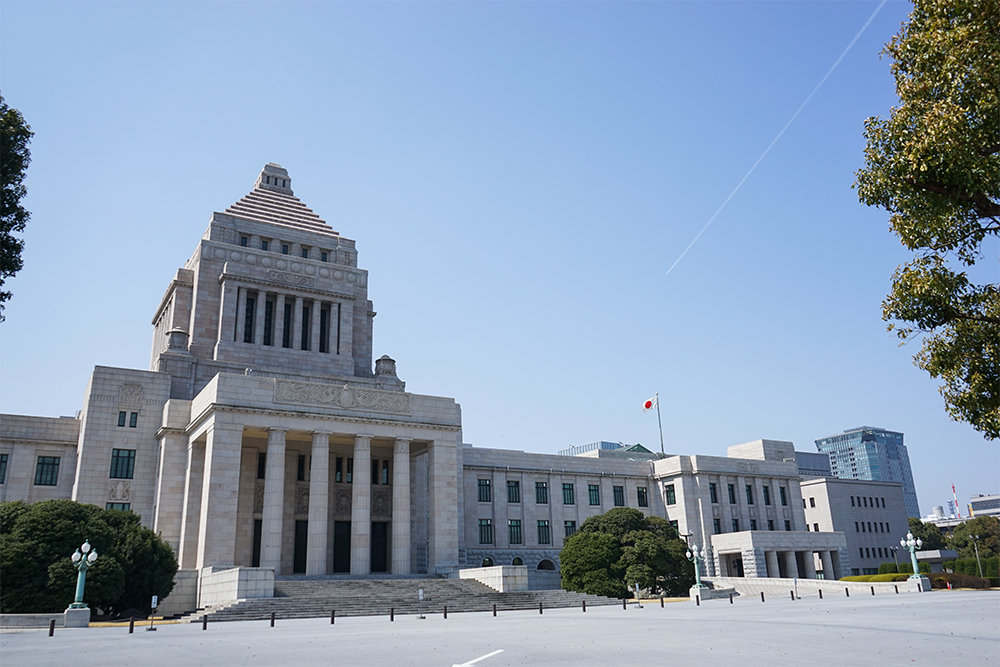Constitutional monarchy
Regarding the “constitutional monarchy”, various discussions are revolving around the expression “monarch”. “Monarch” here refers to the Emperor. “Constitution” refers to the fact that the monarchy is based on the “Constitution of Japan”. However, the Japanese Constitution adopts the “Symbol Emperor System”, where the Emperor is the symbolic ruler of the state, and the elected president is the formal ruler.
.png)
“The Constitution of Japan” is the supreme legislation that prescribes Japan as a nation. It is also what precedes every organization and each governing unit. The three primary principles that are necessary in a democracy are described as follows:
Liberalism
Maintaining equal rights of the people, including respect of the fundamental human rights.
National Sovereignty
People have autonomy.
Peace
Abandonment of war and of an army.
Parliamentary cabinet system
There is a so-called parliamentary cabinet system. The legislative power is exercised by the National Diet that acts as the governing body. The judicial power is in the hands of the “court”, and the administrative power is exercised by the “Cabinet”. The “separate three powers” system has been adopted and authority is independent.
.png)
National Diet
This is a bicameral parliament consisting of the House of Representatives and the House of Councilors. It is an organization run by the members of the Diet elected through the national elections. Its central role is to pass laws, tackle treaty resolutions, nominate the prime minister, and operating decisions on the Cabinet.
Court
A state agency that exercises jurisdiction and is preceded by judges.
Cabinet
An organization composed of the Prime Minister and other Ministers of State. Administration is the primary role. The Prime Minister is appointed by the Diet and regulates the cabinets.




